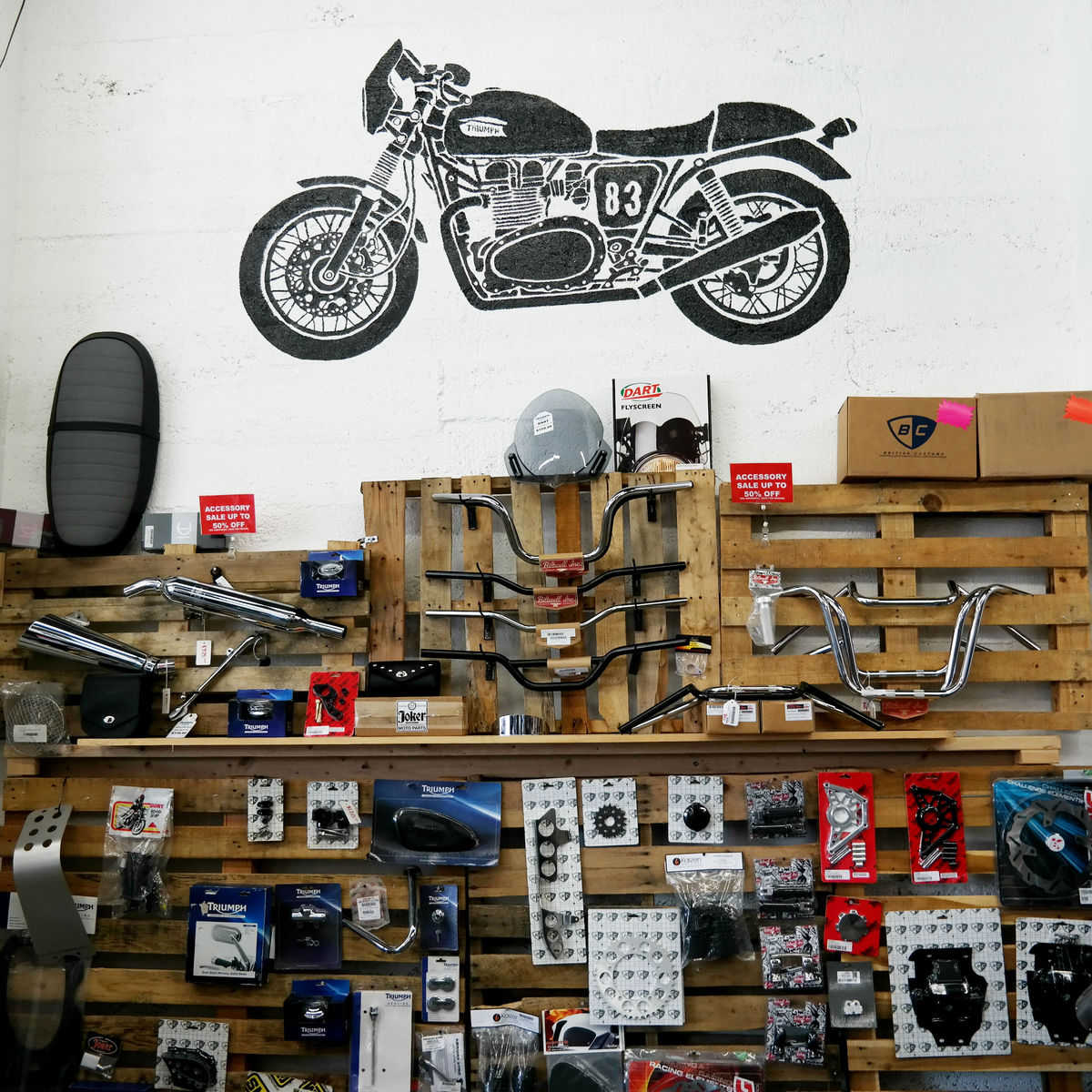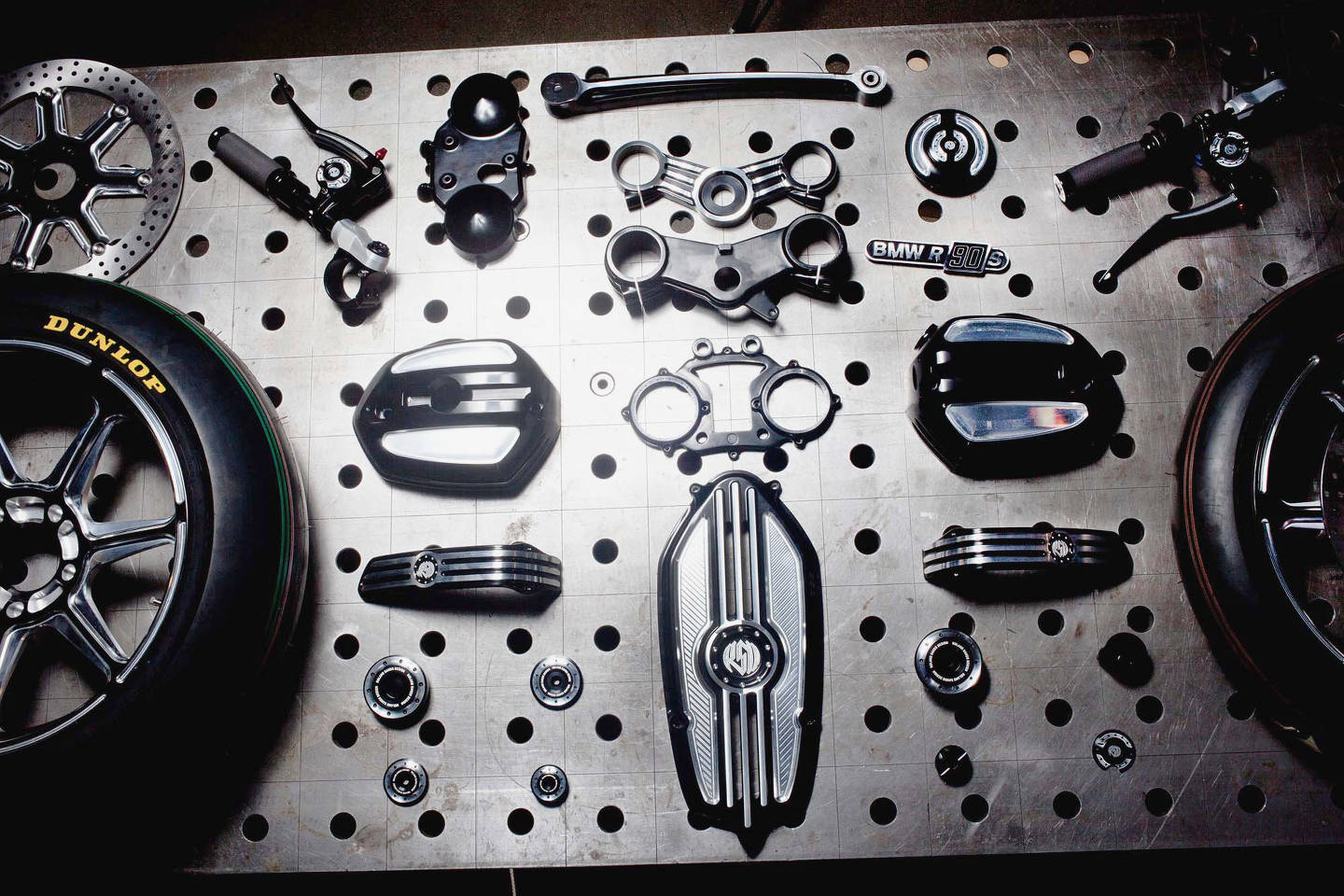Discover Quality Moto Parts NZ for All Your Motorcycle Requirements
Discover Quality Moto Parts NZ for All Your Motorcycle Requirements
Blog Article
Grasping Motorbike Gears: How to Enhance Your Riding Experience
In the realm of motorcycling, grasping the art of equipment control is important for improving your riding performance. Effectively comprehending and utilizing motorcycle gears can dramatically affect gas, control, and acceleration effectiveness, changing an ordinary experience into a smooth, thrilling journey. By integrating exact change timing and adjusting equipment choice to numerous roadway problems, motorcyclists can ensure optimum engine efficiency and safety. The nuances of clutch control, throttle coordination, and gear mechanics beckon a deeper expedition, promising to open the complete possibility of your machine. Just how can these strategies be utilized to truly maximize your riding experience?
Comprehending Gear Mechanics
Just how do the details of equipment technicians influence motorbike efficiency? At the core of motorcycle dynamics, gear mechanics play a crucial role in transforming engine power into movement, inevitably dictating speed and control. Gears, carefully crafted elements, allow cyclists to optimize torque and speed, guaranteeing a smooth shift through different surfaces and rates. The gear proportions, carefully created, figure out the partnership between engine revolutions and wheel turns, influencing velocity and gas efficiency.
Comprehending equipment technicians starts with identifying the significance of the transmission, which houses numerous gears of varying sizes. These equipments communicate with a process called meshing, where teeth of different gears involve to send power. The precision of this interaction is crucial; any type of misalignment or damage can lead to inefficient power transfer, impeding efficiency. Furthermore, the plan and dimension of gears influence the bike's ability to manage different tons and rates.
Furthermore, the principle of equipment shifting is integral to taking full advantage of performance. Smooth and timely changes make certain that the engine operates within its optimal power band, protecting against unnecessary strain and boosting long life (motorcycle parts nz). By comprehending these mechanical details, cyclists can attain a harmonious mix of performance, power, and control, elevating their riding experience
Timing Your Changes
Shift timing mastery is essential for enhancing motorcycle performance and boosting the riding experience. Effectively timed shifts make sure that the engine operates within its optimum power band, which is vital for maintaining control, attaining smooth acceleration, and ensuring the longevity of the motorbike. Motorcyclists need to create an user-friendly sense of when to move gears, which entails recognizing the partnership between engine revolutions per min (RPM) and speed.
To understand shift timing, pay close interest to the engine's noise and really feel, as these offer crucial ideas regarding when to change gears. The perfect shift factor typically occurs when the engine approaches the upper variety of its power band without getting to the redline. Moving prematurely can bring about a lack of power, while changing far too late might trigger unneeded engine strain
Furthermore, road conditions and riding style influence shift timing. In city settings, smoother and more regular shifts may be necessary to browse traffic successfully. On the other hand, during highway riding, fewer changes at higher rates can be better. Practicing in different environments will certainly boost your capacity to time changes precisely, inevitably boosting your riding experience to a professional degree.
Enhancing Gas Performance
While understanding bike gears is look these up critical for efficiency, boosting fuel performance is equally essential for both ecological and financial reasons. Ideal fuel intake not just reduces operational prices but also reduces the eco-friendly footprint of riding. To attain this, one must comprehend the elaborate connection in between gear option and engine performance.
To start with, picking the ideal equipment at suitable speeds can dramatically affect fuel intake. Riding in a higher equipment at lower speeds can bring about engine lugging, which is damaging to both fuel economic climate and engine wellness. Conversely, riding in lower gears at high rates causes unnecessary fuel consumption. Therefore, keeping an optimum balance by changing equipments abreast with roadway conditions and prepared for maneuvers is vital.
Additionally, normal upkeep plays an essential function in gas performance. Ensuring that the motorbike is well-tuned, with tidy air filters and appropriately pumped up tires, can improve aerodynamics and minimize gas wastefulness. Furthermore, embracing a riding style that accepts gradual acceleration and smooth deceleration can contribute to better gas economic situation.

Methods for Smooth Transitions
Attaining smooth gear changes is fundamental to boosting the riding experience and making sure the long life of a motorcycle's transmission system. Appropriate gear changing not just contributes to a smooth ride however also reduces deterioration on the mechanical components. To grasp the art of smooth changes, bikers must concentrate on a couple of vital techniques.

Secondly, clutch control plays a pivotal function. Engaging and disengaging the clutch efficiently calls for method. The clutch lever must be launched slowly, allowing for leather motorcycle gear a smooth transfer of power from the engine to the wheels without creating a shock or sudden activity.

Adapting to Roadway Problems
Browsing diverse roadway problems is a critical skill for any kind of motorcyclist aiming to keep control and security. Whether you're riding on damp surfaces, gravel roads, or browsing doglegs, your capacity to adapt your gear use and riding method is go to my blog paramount. Comprehending exactly how to change your gears suitably can significantly affect traction and security, ensuring a safer trip.
On damp roadways, it is recommended to maintain greater equipments to reduce torque and lessen wheel spin. This strategy helps keep grasp on unsafe surfaces, enabling for smoother velocity and slowdown. In comparison, when riding on crushed rock or uneven terrain, lower gears are more effective. Reduced equipments provide better control and enable you to react even more quickly to unanticipated changes in the road surface.
Sharp curves demand accurate equipment administration to balance speed and control. Downshifting prior to going into a curve can aid maintain energy while making certain the motorbike remains secure throughout the turn. Regular method in varied problems improves your capacity to respond and predict to modifications in road texture and slope.
Verdict
Grasping motorbike equipments dramatically boosts the riding experience by boosting velocity, control, and gas efficiency. Adjusting equipment choice to various roadway conditions, such as making use of greater equipments on damp surface areas and lower gears on crushed rock, additional improves handling and safety and security.
Recognizing equipment technicians starts with recognizing the value of the gearbox, which houses numerous equipments of varying dimensions. These gears connect through a procedure understood as meshing, where teeth of different gears engage to send power (motorcycle shop). Mild modifications to the throttle throughout equipment shifts can protect against jerky motions and maintain a constant riding pace
Whether you're riding on wet surfaces, gravel roadways, or browsing sharp turns, your ability to adjust your gear use and riding technique is paramount. Adapting gear choice to numerous road conditions, such as making use of greater equipments on damp surfaces and lower equipments on crushed rock, further enhances handling and safety.
Report this page